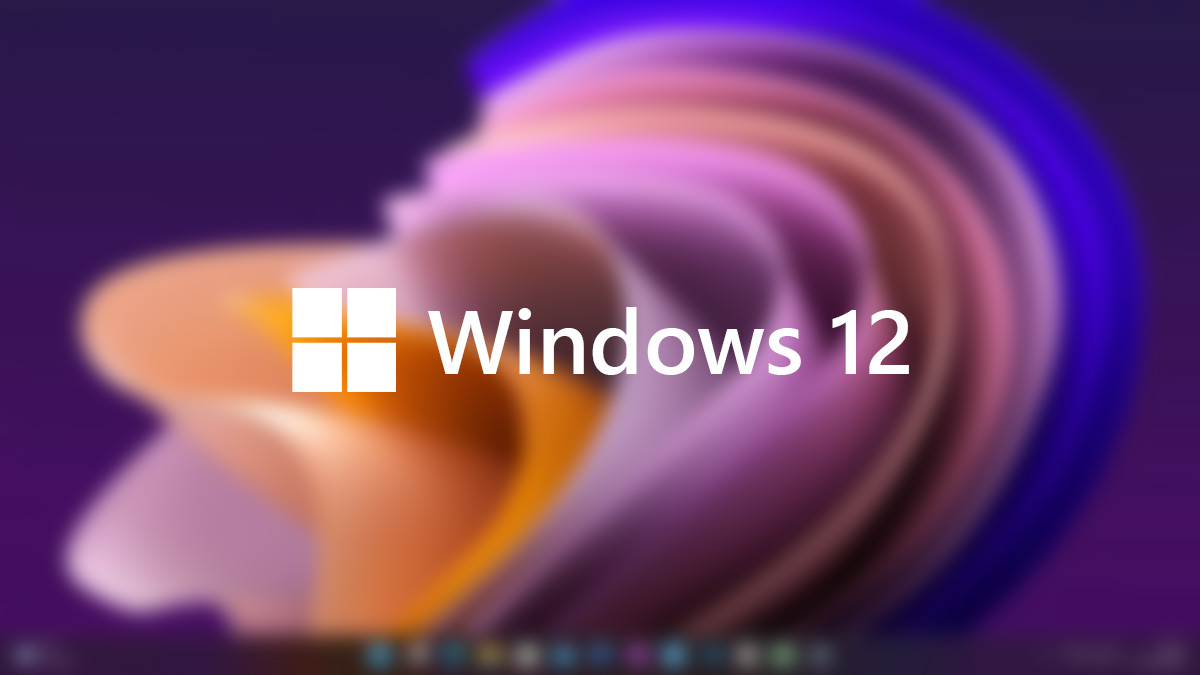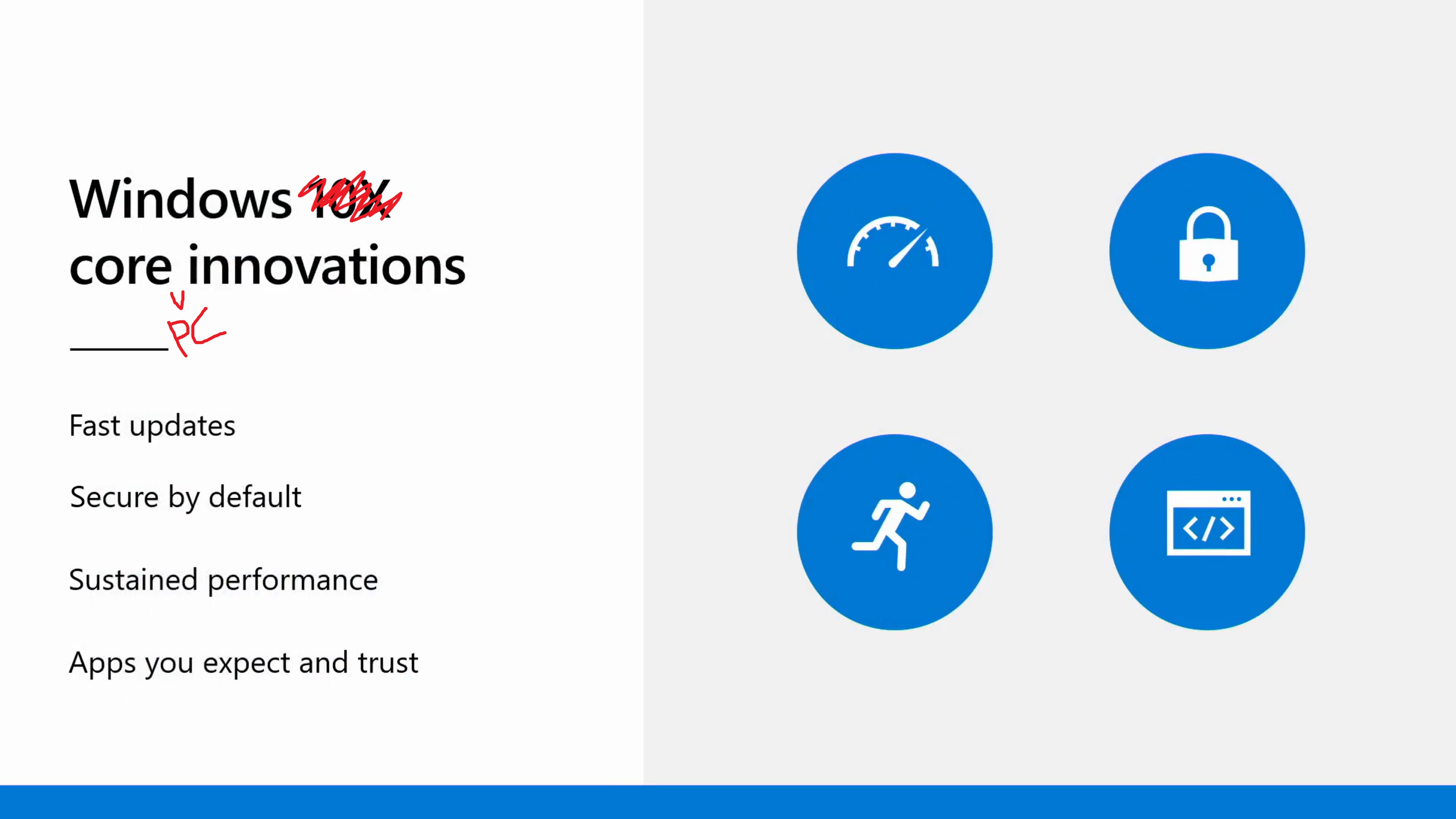
With new leadership at the helm and ex-Windows chief Panos Panay in the rearview mirror, a new Windows roadmap is beginning to take shape under Microsoft’s new Windows & Web Experiences team, which is now leading development on the next major Windows client update, code-named Hudson Valley.
We’ve known for some time that Microsoft is planning to ship a major new release of the Windows platform in 2024 code-named Germanium, which is what Hudson Valley will be based on. So, what’s the low-down on this new Windows roadmap, and what can we expect from the next version of Windows? Here’s everything I know so far.
The new Windows roadmap

We’ll start with the roadmap itself. Under Panay, the Windows org changed up how it intended to ship new versions of Windows. It decided to return to a traditional three-year release cycle for major versions of the Windows platform, supplementing the annual platform release with smaller feature drops every few months instead, known internally as “Moment” updates.
According to my sources, the new Windows bosses are now returning to an annual release cycle for major versions of the Windows platform, meaning Windows is going back to having just one big feature update a year instead of multiple smaller ones throughout. Microsoft may still use Moment updates sparingly, but they will no longer be the primary delivery vehicle for new features going forward.
These changes are said to take effect after Hudson Valley launches in 2024, so I’m still expecting at least one more Moment update for the current version of Windows 11, which sources say will ship in the February or March time frame early next year.
The roadmap for Hudson Valley is also quite interesting. The update is expected to ship on the Germanium platform release, which is set to reach an RTM milestone in April. However, the Hudson Valley update itself won’t be finalized until August, and won’t begin shipping as an update for existing PCs until the September or October timeframe.

Just like with Cobalt and the Sun Valley release in 2021, Microsoft will continue working on Hudson Valley over the summer, as many features are developed independently from the platform. With that said, I also hear that OEMs will begin shipping new Arm hardware with Germanium preloaded as soon as June 2024.
My sources say the reason for this is Qualcomm and its new Snapdragon X Elite chips, which depend on platform advancements coming with Germanium. This means OEMs can’t ship new X Elite hardware with the current version of Windows 11, and they don’t want to wait until Hudson Valley is ready in the fall.
+ Latest Cumulative Update (LCU): An update that is applied by servicing the existing OS install.
+ OS Swap: An update that is applied by replacing the entire OS with a newer version.
So, for the first time, Microsoft will ship a new version of the Windows platform before the next Windows client update is ready. This means PCs that ship with Germanium in June will be missing most of the features that make up the Hudson Valley release until the fall, when it reaches general availability for everyone.
PCs that ship over the summer with Germanium preloaded will receive the Hudson Valley release as a latest cumulative update (LCU) on top of the Germanium RTM build, whereas everyone else on the current version of Windows 11 will receive Hudson Valley as a big OS swap upgrade. You can learn more about the terminology between LCU and OS swap here.
What's coming in Hudson Valley?

Unsurprisingly, the big focus for Hudson Valley is on next-generation AI experiences that are being woven and integrated throughout the OS, much of which will likely require new NPU hardware to function.
According to my sources, Microsoft's blockbuster new feature will be the introduction of an AI-powered Windows Shell, enhanced with an “advanced Copilot,” that’s able to constantly work in the background to enhance search, jumpstart projects or workflows, understand context, and much more. Sources say these AI features will be “groundbreaking.”
The company is working on a new history/timeline feature that will let users scroll back in time through all the apps and websites that Copilot has remembered, which can be filtered based on a user’s specific search criteria. For example, you could type “FY24 earnings” and every instance where that term was on-screen will reappear for you to see and open.
AI will also enhance search in Windows, with the ability to use natural language to find things that you’ve previously opened or seen on your PC. If you don’t remember the name or contents of a document, the search term “find me the document that Bob sent me on WhatsApp a few days ago” is something search on Windows will actually understand.
Other AI features include something called Super Resolution, which will use NPU hardware to upscale the quality of videos and games. There’s also an enhanced version of Live Captions in the works, which will be able to translate a number of different languages in real time, whether that be from audio in a video or on a live call.

Microsoft is even working on “AI” powered wallpapers which will use machine learning to identify layers in any image, and create a slight parallax effect that interacts with your cursor or built-in gyroscope if on a handheld device.
Outside of AI, Microsoft wants to add a dedicated “creator” area to the Start menu and File Explorer, which will congregate all of Microsoft’s services that lets users create things in one place. This will essentially act as a launchpad for Microsoft 365, providing shortcuts to jump into a new or existing Designer project, Word document, PowerPoint presentation, etc.
I also hear that Microsoft is working on several key improvements to energy saver, which sources say will be able to extend battery life by up to 50% on certain hardware. There’s also a new “green power” feature in the works, which will try to charge your device when Windows detects the power it’s pulling from the wall is renewable.
Lastly, Microsoft has been toying with a new desktop interface for Hudson Valley that places elements of the Taskbar such as the System Tray along the top of the screen. My sources say this is still in an experimental phase, and is probably unlikely to ship in 2024. The new Windows bosses don’t want to rock the boat too much with their first release.
I’m told there are also general quality of life improvements on the way with Hudson Valley too, but I’m unsure what specifically that entails currently. As always, these plans and features may change or be scrapped between now and when Hudson Valley is finalized.
Will Hudson Valley be Windows 12?

One big question that remains a mystery is what final form Hudson Valley will take. Will it be a new version of Windows 11, based on the Germanium platform release? Or will Microsoft go all-in and announce it as Windows 12?
My sources say that Microsoft has become weary of further fragmenting the Windows user base with another product release. Right now, Windows has around 1.4 billion users, 400 million of which are on Windows 11. That means there are still 1 billion Windows 10 users, a large percentage of which cannot upgrade to Windows 11 (or beyond) due to system requirements.
With that in mind, shipping this next release as a “Windows 12” would be detrimental to Microsoft’s goal of reducing fragmentation and getting everyone back on the same version of Windows. But this decision ultimately comes down to marketing, and to my knowledge a final decision on branding hasn’t yet been made.
Whatever branding it takes, from a technical perspective Hudson Valley is considered a new version of Windows internally.
Where does CorePC fit in?

Last year, I wrote about a new effort to modernize the Windows platform. This project is code-named CorePC (or Win3 in some cases), and essentially continues the vision originally set out with Core OS where the platform is modular, allowing Microsoft to scale Windows up and down depending on what features and capabilities are necessary for a device.
CorePC is also a more secure version of Windows, as the OS is state separated with read only partitions that locks away OS files, drivers, and apps. It even enables much faster OS swap upgrades, and easier recovery methods with built-in “powerwash” resets and .FFU recovery methods.
As I understand it, CorePC will never be offered as an update for existing PCs running Windows. This is because the platform changes between legacy Windows and CorePC are too great, so there is no direct upgrade path. CorePC and legacy Windows will exist side by side, as adoption of CorePC will only take place as people purchase new hardware with it.
I have heard that Microsoft is working on a variant of CorePC / Win3 that’s designed to compete head-to-head with Chrome OS in the low-end segment of the PC market, but this is unrelated to Hudson Valley. For now, I don’t expect to see a variant of Hudson Valley shipping on Microsoft’s CorePC version of Windows in 2024.
Final thoughts
These changes to the Windows roadmap are significant, but not necessarily surprising. New leadership is often closely followed by changes to how the product is put together, as different leaders have different visions for what the product should be.
Mikhail Parakhin is now in the driving seat for the Windows client, and his vision going into 2024 seems to be dead set on AI, services, web technology, and subscriptions.
Microsoft officials declined to comment on these plans.







